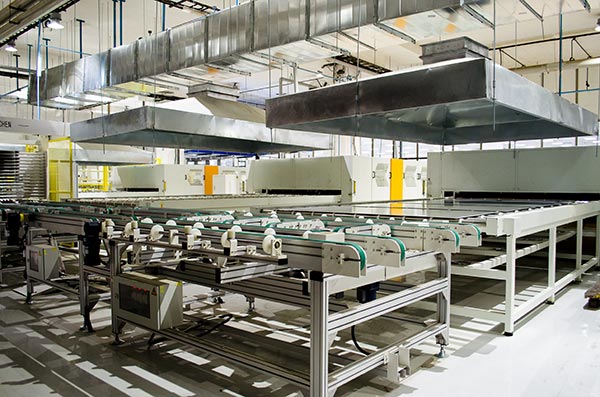Solar manufacturers have lauded the production-linked incentive scheme (PLI) recently announced by the government to encourage a domestic industry but also voiced some concerns. The PLI scheme – which aims to drive integrated PV manufacturing, from polysilicon to finished panels – uses the performance of the resulting products and planned manufacturing capacity as parameters for eligibility.
Bharat Bhut, co-founder and director of Gujarat-based Goldi Solar, told pv magazine the PLI scheme provides a much-needed push to build a photovoltaic supply chain in India and sets the bar high for manufacturers. However, he said he felt the policy ignores micro, small and medium-sized enterprises (MSMEs), which will find it difficult to survive against bigger, integrated manufacturers targeted by the scheme.
“Very few companies or joint ventures will be eligible to apply for the scheme, completely leaving out MSMEs,” said Bhut. “Indian businesses usually start as small companies and expand to become bigger and larger organizations. With an integrated approach, only those with large manufacturing capacities will be able to sustain [operations] in such a competitive environment.” The Goldi Solar director said the government should include standalone module, cell, and raw material facilities under the scope of the program.
High standards
“Manufacturers from other countries will have an advantage, given their track record, R&D, capital, and experience,” added Bhut. “Indian companies will have to up the ante through R&D to offer better efficiency modules than the current offerings.”
Hitesh Doshi, chairman and MD of Mumbai’s Waaree Group, said the PLI scheme was vitally needed. “India is the third largest solar market in the world but the country imports over 85% of its panel requirements,” he said. “The nation can no longer afford to depend on imports [because of] concerns of losing huge employment opportunities. Hence, this is a great, welcome step, and it will benefit our country in many ways.”
More money
In fact, Doshi called on the government to significantly enhance the budget of the INR4500 crore scheme, to have a chance of weaning the nation off solar imports.
Gyanesh Chaudhary, managing director of Kolkata-based Vikram Solar, is hopeful the government will provide a second tranche of PLI cash for solar manufacturers. “Vikram Solar welcomes the MNRE’s [Ministry for New and Renewable Energy] latest guidelines for the PLI scheme, which is a great and decisive step towards making India aatmanirbhar,” he said. “As a domestic solar manufacturer, we have high hopes from the PLI scheme as it promises to promote solar manufacturing in the country. This would solve the energy crisis, create jobs, increase investment, and bring technological innovation in the sector. It would also help India to achieve the renewable energy target set at the Paris Agreement well within the timeline.”
What to expect
Chiranjeev Saluja, managing director of Telangana-based Premier Energies, told pv magazine Indian manufacturers are planning significant investments in new cell and module production capacity, buoyed by supportive policies such as state projects which mandate domestic content, the national PLI scheme, and a customs duty on imports proposed from April 1, next year. As a result, India could have a cell manufacturing capacity of more than 10 GW per annum next year. That would create demand for Indian solar ingot and wafer manufacture and, coupled with the PLI and proposed tariff on imported wafers, could drive investment in such ‘upstream’ manufacturing.
Chinese solar manufacturers currently enjoy a cost advantage over Indian rivals due to their large, mature supply chain. Saluja told pv magazine Indian solar manufacturing will be large within three to five years, and populated by multiple companies across the value chain. That will level the playing field for Indian manufacturers, enabling them to further invest in scale and technology and take significant market shares domestically and worldwide, said the spokesperson.
“Some Chinese manufacturers may invest in India to set up large plants but we see that happening in partnership with existing Indian players in solar manufacturing or power project developers,” said Saluja. “The existing cell [and] module manufacturers and power developers in India will be leading the charge.”
This content is protected by copyright and may not be reused. If you want to cooperate with us and would like to reuse some of our content, please contact: editors@pv-magazine.com.









1 comment
By submitting this form you agree to pv magazine using your data for the purposes of publishing your comment.
Your personal data will only be disclosed or otherwise transmitted to third parties for the purposes of spam filtering or if this is necessary for technical maintenance of the website. Any other transfer to third parties will not take place unless this is justified on the basis of applicable data protection regulations or if pv magazine is legally obliged to do so.
You may revoke this consent at any time with effect for the future, in which case your personal data will be deleted immediately. Otherwise, your data will be deleted if pv magazine has processed your request or the purpose of data storage is fulfilled.
Further information on data privacy can be found in our Data Protection Policy.